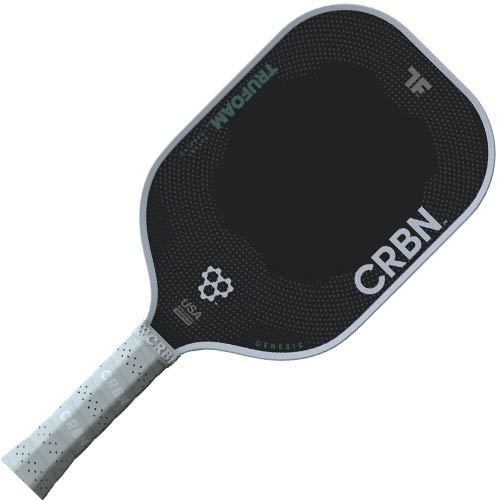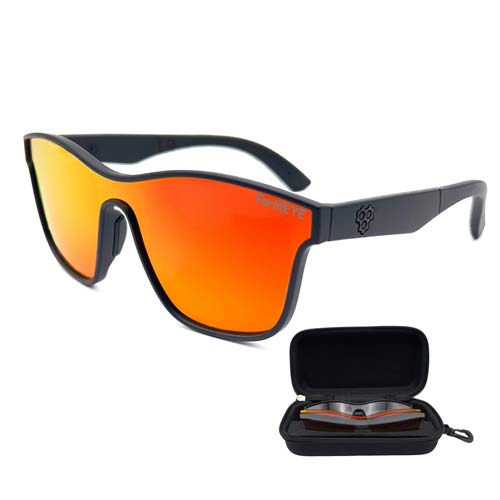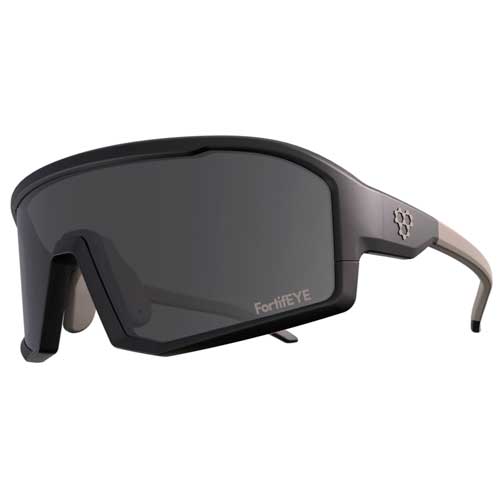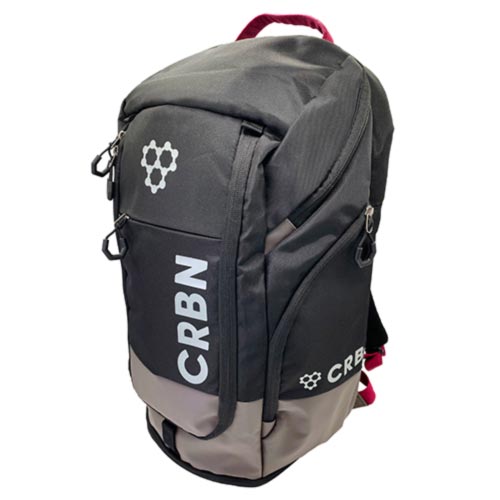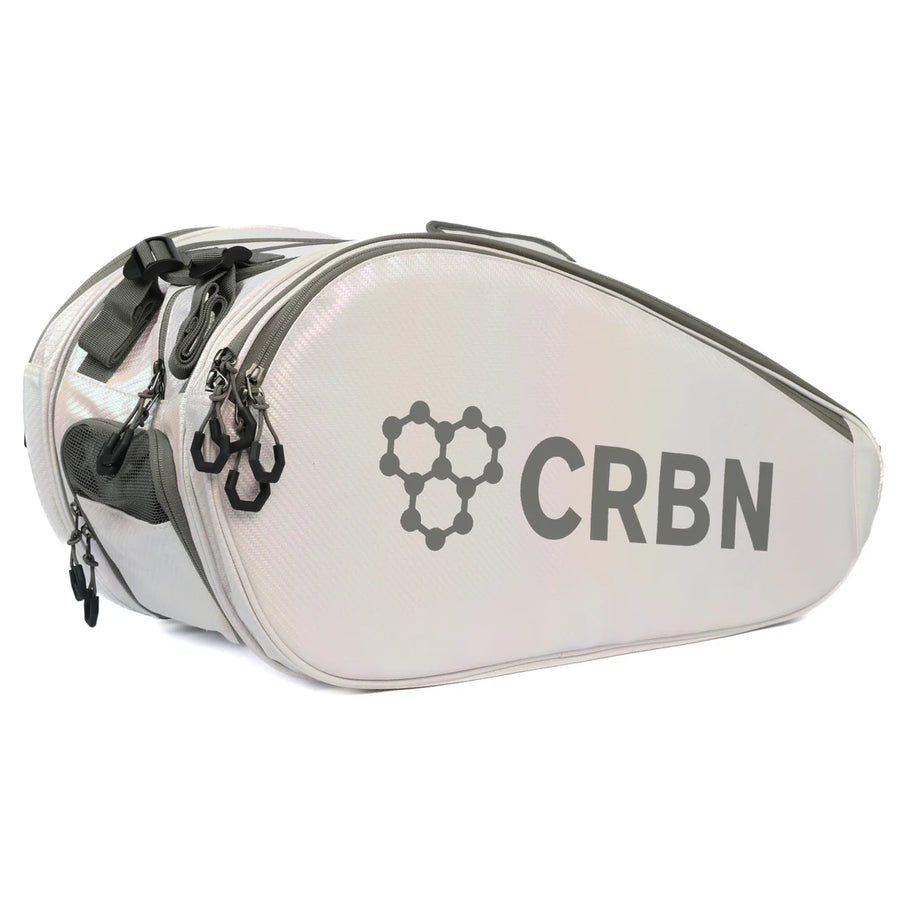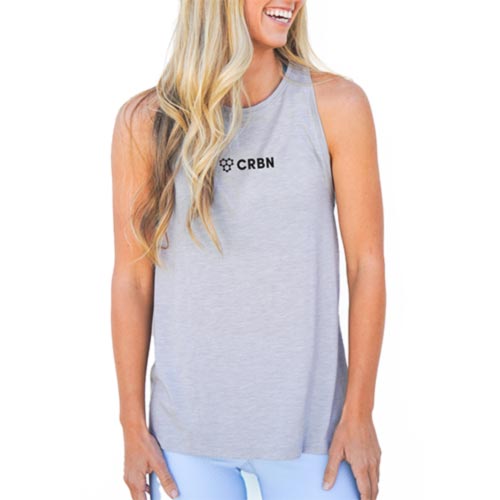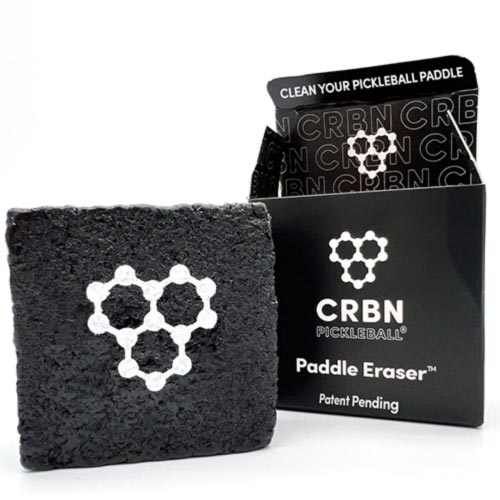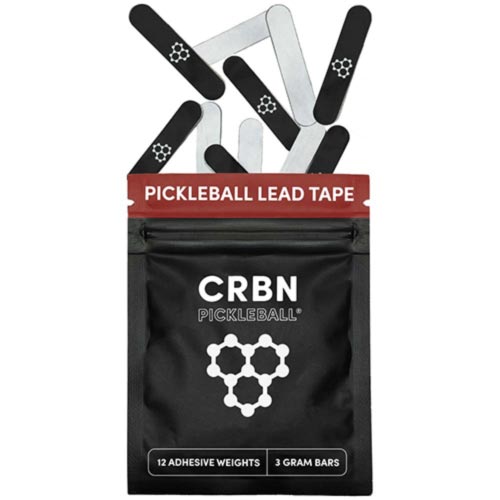Dinking With Intention: How to Apply Pressure and Create Offense at the Kitchen
Dinking With Intention: How to Apply Pressure and Create Offense at the Kitchen
If your dinking game is just about “keeping the ball in,” you’re missing the point—and leaving easy opportunities on the table.
In this episode of Pickleball Cheat Code, Brodie Smith and Tanner Tomassi break down how high-level players use dinking not just as a neutral rally tool, but as a strategic weapon. It’s not about being safe—it’s about applying pressure, setting traps, and forcing your opponent into making the first mistake.
From target zones and footwork to the kind of dinks that ask questions of your opponent, this episode is your blueprint for becoming more dangerous at the kitchen.
If you want to play offense without having to speed up every ball, it starts with smarter dinks.
Don’t Dink Just to Dink
Most players dink with one goal: get it over.
But Tanner and Brodie argue that dinking should do one of three things:
-
Move your opponent off the line
-
Pull them wide or jam them in the middle
-
Set up a higher ball for a flick, roll, or speedup
According to Tanner, “the best players aren’t just neutral—they’re asking questions with every dink.”
Try This: Dink to your opponent’s non-dominant shoulder to make them choose between footwork or a reach. Neither is comfortable.
Shape, Depth, and Disguise Win Points
The most effective dinks have shape and intention. Brodie and Tanner lay out why:
-
Shape gives you margin: A higher arc gives you more net clearance and better bounce control.
-
Topspin disguises your next shot: That same roll can turn into a speedup without changing your body language.
-
Crosscourt gives you options: More court to work with, a lower net, and a better chance of pulling your opponent out of position.
Pro Tip: A well-placed topspin dink to the sideline can draw your opponent off the line—and open up the middle for your next attack.
Resetting With Control (Not Panic)
Sometimes your dink isn’t aggressive—it’s a reset. And that’s okay.
Tanner’s mindset? Reset with intention, not panic.
Here’s how:
-
Use a looser grip to soften the contact.
-
Reset into the kitchen crosscourt for more space.
-
Prioritize bounce height over being overly soft—arc matters more than distance.
Drill This: Practice hitting resets with spin and shape, not just dead balls. You’ll get better bounces and more margin.
Know When to Speed Up
Dinking gives you the setup—but what you do next depends on reading the situation.
-
Look for floaters or high-bounce dinks.
-
If your opponent’s paddle is low or late, that’s your green light.
-
Don’t force a speedup if your contact point is too far in front or too far outside your body.
“It’s not about hitting hard,” Brodie says. “It’s about choosing the right time to flick.”
Cheat Code: If you pull someone wide with a cross dink, the next ball middle is often wide open. Hit the pattern, then attack.
Final Word: Intention Beats Instinct
Dinking isn’t about playing it safe. It’s about building pressure, forcing errors, and controlling the rhythm of the rally.
Whether you’re rolling crosscourt, jamming middle, or dropping one short and soft, the goal is the same: keep your opponent guessing.
So next time you’re in a dink battle, stop playing neutral—and start playing with purpose.
🎧 Listen to the full episode of Pickleball Cheat Code on Spotify or Apple Podcasts for even more kitchen tactics and match strategy.
